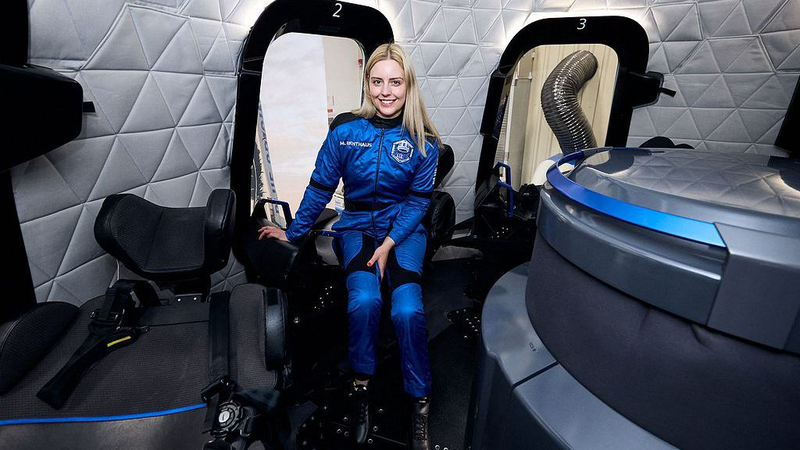For centuries, the quest for extended youth has led us from miracle pills to high tech labs. Now, hidden in the twilight skies of rural France, the greater mouse-eared bat is rewriting the rules of ageing. These pint-sized mammals can live up to ten times longer than other rodents of similar size, shrug off diseases, and defy the biology textbooks.
On the jagged coastline of Brittany, scientists from University College Dublin and French conservation group Bretagne-Vivante join forces to track and study these winged marvels. 'Every bat tells a story in its DNA', says Professor Emma Teeling, whose team is unearthing genetic clues that could be the blueprint for healthy ageing in humans.
Back in the U.K., Professor João Pedro de Magalhães at the University of Birmingham is decoding the molecular and cellular drivers behind longevity. His lab uses big data and comparative genomics to map the pathways that keep cells youthful and resilient.
Meanwhile, in the labs of the Chinese Institutes for Medical Research, Dr Maximina Yun is fascinated by axolotls—amphibians famous for regenerating limbs and organs. 'Axolotls remind us that regeneration is within nature’s grasp', she notes, as her team uncovers how these creatures rebuild tissue without scarring.
Together, these studies are painting a picture: the secret to living longer and healthier may already exist in our animal cousins. By blending genetic insights from long-lived bats with regenerative breakthroughs from axolotls, researchers hope to unlock treatments that boost human healthspan—ensuring not just more years of life, but more life in those years.
As global interest in longevity surges, these discoveries offer a fresh perspective: nature has been experimenting with anti-ageing for millions of years. Now, it’s our turn to turn these blueprints into breakthroughs.
Reference(s):
cgtn.com




